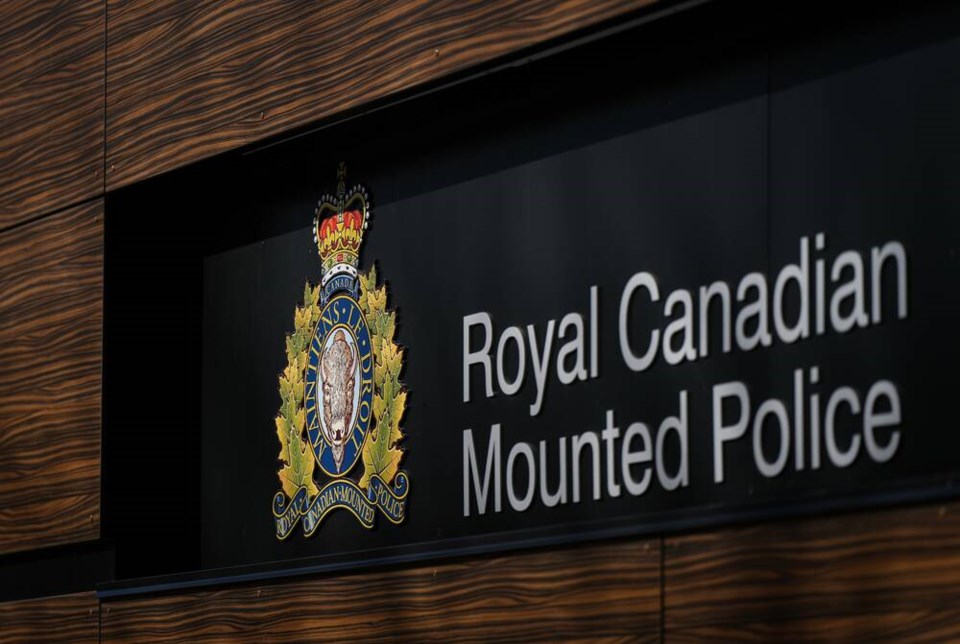In the cabinet offices, the executive suites of the public health sector and the senior ranks of the RCMP there is a mantra they chant to themselves regularly.
“There is no widespread diversion of safe supply.”
It’s a comforting reassurance. Safe supply is the certified drugs being supplied by the government to addicted people, in order to save them from overdosing to death on unregulated drugs.
The officials need their reassurance because there are doubts that the compassionate theoretical model is working as intended. An alternative outline of what’s going on is that users are getting the substitute drugs and selling or trading them for their preferred more intense supply.
That would mean at least some safer supply is subsidizing the opioid crisis. That would mean tax money is partly bankrolling the deadly fentanyl industry. And that would suggest that safe supply, arising from harm reduction, supported by decriminalization, has a significant downside.
The two views of how safe supply actually works have been crashing into each other with increasing frequency lately in the political world.
So it was fascinating to get a close-up, street-level view of what exactly is happening outside at least some clinics and pharmacies after the prescribed safer supply is handed directly to people struggling with addiction problems.
The glimpse comes courtesy of CBC reporter Jason Proctor, who obtained a search warrant filed by Prince George RCMP who were investigating a woman who kept showing up outside a downtown drug store most mornings.
The search warrant simply lists all the suspicions that police had to present to a judge in order to get permission to look inside her house. They are not yet proven in court. But they are enough to make you wonder if the mantra is valid.
The pharmacist told police his prescriptions were being traded for illegal drugs. Ever since safe supply started, people have been loitering outside the store buying prescribed drugs from his patients after they are dispensed, he said. The problem has gotten worse in the last year.
People can get 28 Dilaudid a day, and the pharmacist said patients have told him they are worth money and are sold or traded routinely on the sidewalk outside the store. He said his clients are accosted outside the store most mornings by buyers. “Vehicles would be observed idling with windows down in the middle of winter.”
On March 6, 15 people entered the store when doors opened at 9 a.m. In the next 20 minutes, nine of them left and had interactions with suspects that were believed to be drug transactions.
The next morning was the same. And the next day of surveillance, and the next.
There were 84 brief transactions in the minutes after the store opened, over the duration of the surveillance.
Police got the search warrant, found drugs at the woman’s home and arrested her. No charges yet.
That case was part of a wide sweep that police announced and specifically warned involved quantities of diverted safe supply.
RCMP warned: “Organized crime groups are actively involved in the redistribution of safe supply and prescription drugs.”
The Northern Beat online news site cited several drug-squad officers around B.C. who said diversion is a problem.
But curiously, the senior ranks of the RCMP started de-emphasizing diversion.
Assistant Commissioner John Brewer said: “The presence of confirmed safer supply prescriptions are in the minority of drug seizures. There is currently no evidence to support a widespread diversion of safer supply drugs in the illicit market.”
The NDP cabinet has been relying on that view for the past month and provincial health officer Dr. Bonnie Henry downplays it as well.
This week, Northern Beat published a memo from RCMP brass telling detachments to refer all queries on “hot button” issues — like drug seizures — during the pre-election period to headquarters.
The idea that it is a gag order was indignantly denied by Solicitor General Mike Farnworth.
While public health officials defend their commitment to safe supply, opposition critics raise doubts and drug-squad cops get muted, a meticulous police account of what’s going on at street level, produced by way of a reporter combing through search warrant applications, is an interesting bit of evidence.
Given that there is currently no official mechanism for measuring the scale of diversion, it’s actually one of the few indicators available to go on.
>>> To comment on this article, write a letter to the editor: [email protected]



